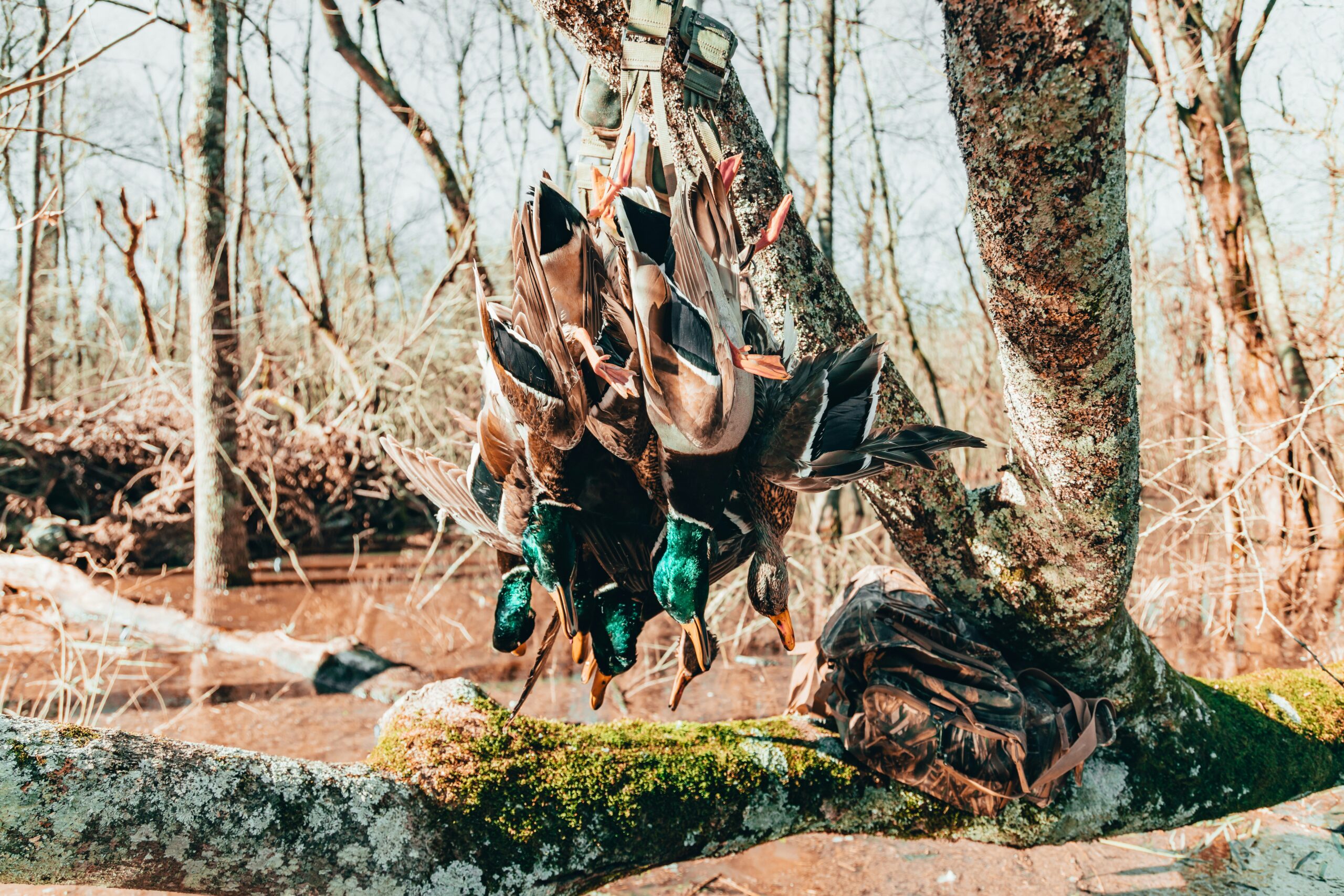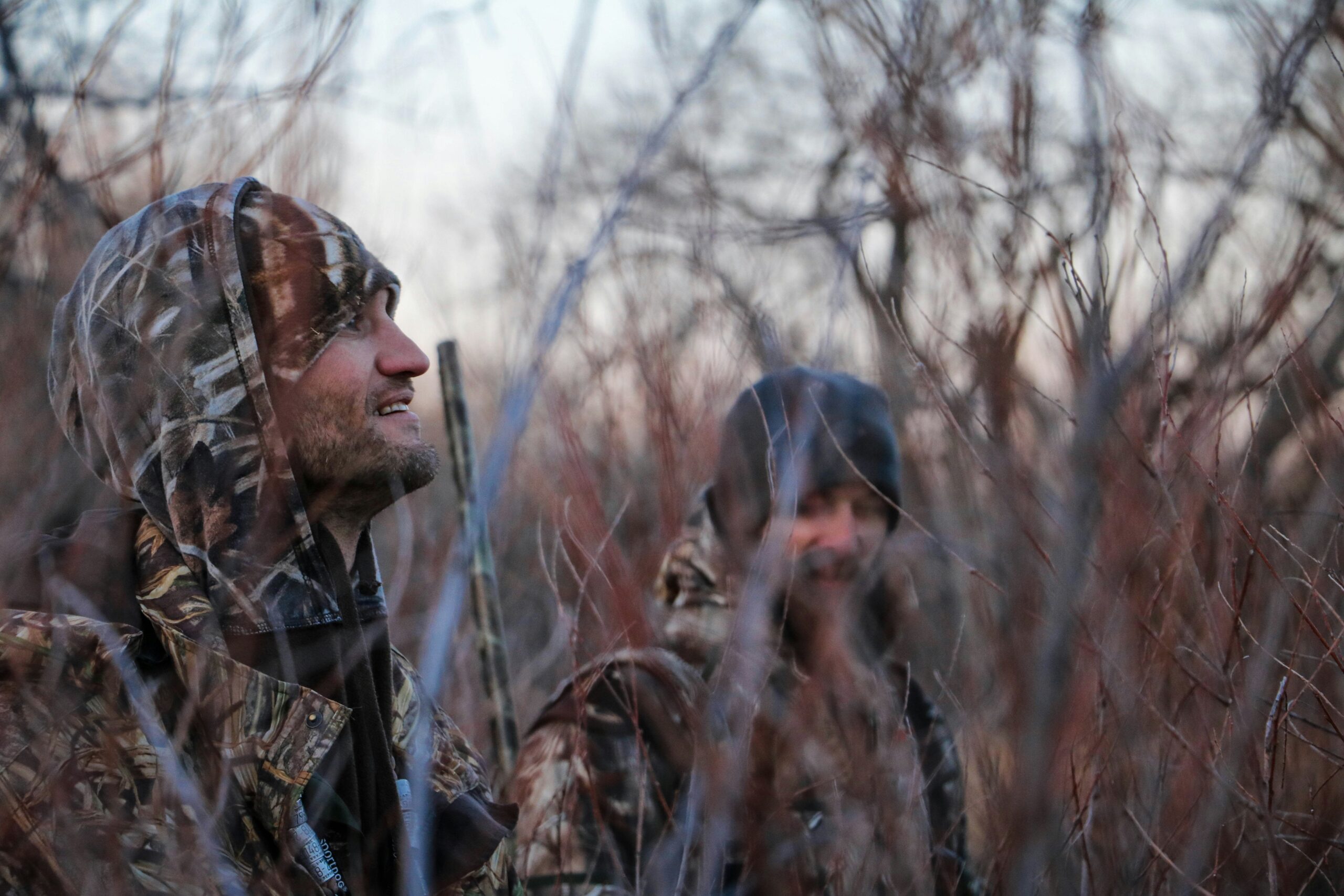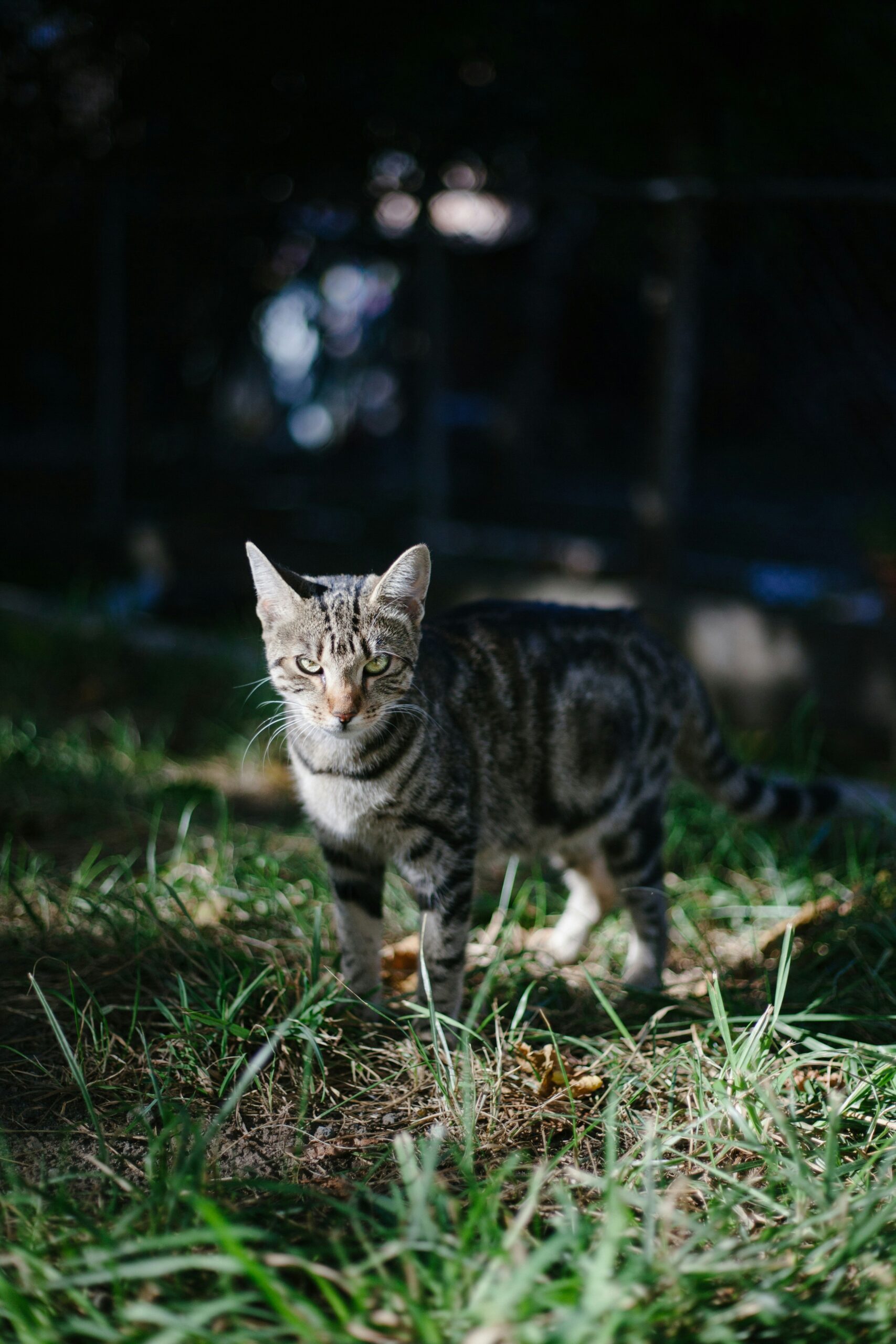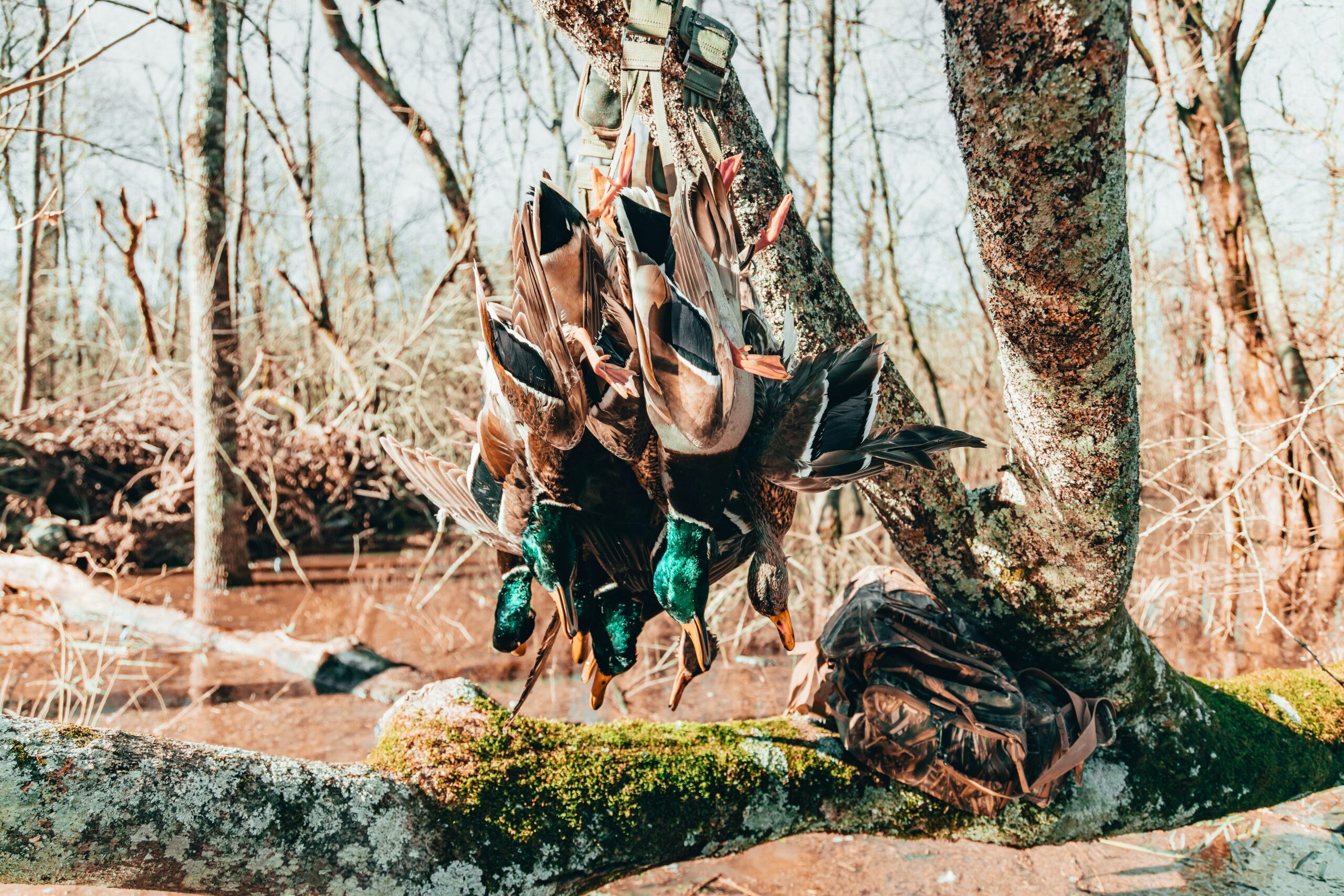Are you an avid shooter looking to enhance your long-range shooting experience? If so, you’re in the right place! In this article, we will explore the elusive question of what the best spotting scope is for long-range shooting. Whether you’re a beginner or experienced shooter, finding the perfect spotting scope can make all the difference in your accuracy and enjoyment. So sit back, relax, and let us guide you towards the ideal tool for your shooting adventures.

Understanding Spotting Scopes
Spotting scopes are optical devices that are used for observing distant objects. They are similar to telescopes but with a lower magnification, making them ideal for long-range shooting. These scopes are commonly used by hunters, birdwatchers, and outdoor enthusiasts to get a closer look at their subjects. The main purpose of a spotting scope is to provide users with a clear and detailed view of distant objects.
Importance in Long-Range Shooting
When it comes to long-range shooting, having a spotting scope is crucial. It allows you to have a better view of your target and assess the conditions before taking your shot. Spotting scopes are especially beneficial for long-range shooters because they offer higher magnification compared to binoculars, enabling accurate evaluation of bullet impact, wind direction, and other essential factors.
Basic Parts of a Spotting Scope
To fully understand how a spotting scope works, it is important to familiarize yourself with its basic parts. The main components include the body, eyepiece, objective lens, focus knob, and zoom control. The body serves as the framework of the scope, while the eyepiece is where you look into to view the image. The objective lens is responsible for gathering light and forming the image. The focus knob allows you to adjust the clarity of the image, while the zoom control lets you change the magnification level.
Considering the Magnification Level
When choosing a spotting scope for long-range shooting, the ideal magnification level is crucial. Higher magnification can help you see the target more clearly, but it also reduces the field of view. Too much magnification can make it difficult to locate your target and track its movement. It is recommended to choose a spotting scope with a magnification range of 20x to 60x for long-range shooting, as it provides a good balance between magnification and field of view.
How Magnification Affects Image Quality
While higher magnification may seem desirable, it can adversely affect image quality. As the magnification increases, the image tends to become dimmer and lose clarity. This is because higher magnification amplifies any flaws in the optical system. However, with advancements in technology, some spotting scopes now offer excellent image quality even at high magnification levels. It is important to choose a spotting scope that strikes the right balance between magnification and image quality.
Zoom Spotting Scopes for Adjustable Magnification
If you prefer versatility in magnification, a zoom spotting scope may be the best choice for you. A zoom spotting scope allows you to adjust the magnification level within a specific range. This feature is particularly useful in situations where you need to quickly switch between observing distant objects and a broader view. However, it is important to note that zoom spotting scopes may sacrifice some image quality compared to fixed magnification scopes.

Evaluating the Lens Quality
The lens quality of a spotting scope plays a vital role in determining the clarity and brightness of the image. High-quality lenses are essential for accurate and detailed observation. One important aspect to consider is the use of coated lenses. Coatings on the lenses help reduce reflections and increase light transmission, resulting in a brighter and clearer image. When evaluating a spotting scope’s lens quality, look for scopes with fully multi-coated or fully multi-coated lenses for the best image quality.
Greater Objective Lens Diameter for Brighter Images
The objective lens diameter also contributes to the brightness of the image. A larger objective lens allows more light to enter the scope, resulting in a brighter image. However, it is important to note that a larger objective lens also means a larger and heavier spotting scope. It is crucial to find a balance between a larger objective lens for brighter images and a manageable size for portability.
Understanding Eye Relief and Field of View
Eye relief refers to the distance between your eye and the eyepiece of the spotting scope. It is an important consideration, especially for those who wear glasses. Sufficient eye relief ensures that you can see the entire field of view without straining your eyes or having to remove your glasses. Field of view, on the other hand, refers to the width of the area you can see through the spotting scope at a given magnification. It is important to strike a balance between a comfortable eye relief and a wide field of view when selecting a spotting scope.

Importance of Sufficient Eye Relief
Having sufficient eye relief is crucial for long-range shooting, especially if you wear glasses. Insufficient eye relief can result in a restricted field of view or a reduced image quality. Look for spotting scopes that offer a minimum of 14mm of eye relief to accommodate those who wear glasses comfortably. By ensuring sufficient eye relief, you can enjoy a comfortable viewing experience without compromising image quality.
Balancing Field of View with Magnification
When choosing a spotting scope for long-range shooting, it is important to consider both the magnification and field of view. Higher magnification levels often come at the expense of a narrower field of view. A wider field of view allows you to locate your target more easily and track its movement. Therefore, it is recommended to choose a spotting scope with a wider field of view for long-range shooting, provided that it still offers a suitable magnification level.
Choosing Between Straight or Angled Body Design
Spotting scopes come in two main body designs: straight and angled. Each design offers its own advantages and disadvantages, and the choice ultimately depends on personal preference and the intended use of the spotting scope.
Pros and Cons of Straight Body Design
A spotting scope with a straight body design is ideal for those who frequently observe targets near the horizon or at ground level. The straight design allows for quick target acquisition, as you can simply look straight through the eyepiece. It also tends to be more compact and easier to use with a tripod. However, it may be less comfortable for prolonged viewing, especially when looking at targets high above or in the sky.
Advantages and Disadvantages of Angled Body Design
An angled body design is preferred by many birdwatchers and wildlife observers. The angled design allows for more comfortable viewing at different angles, as it provides flexibility in adjusting the height of the eyepiece. It is particularly useful for observing targets elevated above ground level. However, an angled body design may take some time to get used to, especially if you are accustomed to a straight body design. It may also be slightly bulkier and harder to use with a tripod, depending on the specific model.
Factors Influencing the Choice Between Straight or Angled Body
When deciding between a straight or angled body design, consider the tasks you most frequently engage in, as well as your personal comfort and preferences. If you often observe targets near the horizon or at ground level, a straight body design may be more suitable. On the other hand, if you frequently observe targets at different angles or elevated positions, an angled body design offers more flexibility and comfort.
Importance of Rugged and Durable Construction
When investing in a spotting scope, it is essential to consider its construction and durability. Spotting scopes are often used in outdoor environments, where they are exposed to various elements and rough handling. Therefore, it is important to prioritize scopes with rugged and durable construction.
Need for Waterproof and Fog Proof Features
Outdoor conditions can be unpredictable, with rain, snow, and humidity posing threats to the integrity of a spotting scope. Opting for a waterproof and fog proof spotting scope ensures that it remains functional even in wet or humid conditions. Look for scopes with O-ring seals and nitrogen or argon gas purging to prevent water and fog from penetrating the scope.
Benefits of Shock-Resistant Design
A shock-resistant spotting scope is designed to withstand accidental impact or falls. This is particularly important for outdoor enthusiasts who frequently engage in activities such as hiking or hunting. A spotting scope with a shock-resistant design will survive minor bumps and falls without compromising its functionality or image quality.
Quality Materials for Long-Lasting Use
The materials used in the construction of a spotting scope greatly affect its longevity and performance. Opt for scopes made from high-quality materials such as aluminum or magnesium alloy. These materials offer durability, lightweight construction, and resistance to corrosion. Investing in a spotting scope with quality materials ensures that it will last for years to come, even with regular use in outdoor environments.
Considering the Weight and Size
The weight and size of a spotting scope are essential factors to consider, especially if portability is a priority for you. While a larger and heavier scope may offer better image quality, it may also be cumbersome to carry around during outdoor activities.
The Impact of Weight and Size on Portability
If you frequently engage in activities such as hiking or hunting, opting for a lightweight spotting scope is recommended. A lighter scope allows for ease of transportation and avoids fatigue during extended periods of use. However, it is important to strike a balance between weight and image quality, as extremely lightweight scopes may compromise on optical performance.
Compromise Between Size and Optical Quality
A smaller spotting scope may be more portable, but it may also have limitations in terms of optical quality. It is crucial to find a balance between size and optical performance. Consider your personal preferences and requirements to determine the optimal size for your long-range shooting needs.
Ideal Spotting Scope Size for Long-Range Shooting
For long-range shooting, a spotting scope with an objective lens diameter of around 60-80mm is recommended. This size provides sufficient light-gathering capabilities and ensures a bright and clear image. However, it is important to note that larger objective lenses may result in a bulkier and heavier spotting scope.
Assessing the Ease of Use
The ease of use is an important aspect to consider, especially for beginners or those who prefer simplicity in their equipment. When evaluating a spotting scope’s ease of use, there are a few key features to consider.
Smooth Focus Adjustment for Precision
Having a spotting scope with a smooth focus adjustment is vital for precise targeting and observation. Look for scopes with well-designed focus knobs that allow for easy and precise adjustments. A smooth focus mechanism ensures that you can quickly and accurately focus on your target, without any difficulties or distractions.
Tripod Compatibility for Stable Viewing
When using a spotting scope for long-range shooting, stability is crucial for clear and steady images. Ensure that the spotting scope you choose is compatible with a tripod. Tripod compatibility allows for stable positioning, minimizing shaking or vibrations that can affect image quality. Look for spotting scopes with a standard tripod mount or included tripod adapter.
User-Friendly Features for Beginners
If you are new to using spotting scopes, consider opting for models with user-friendly features. Some spotting scopes come with features such as twist-up eyecups for comfortable viewing, retractable lens shades to reduce glare, or quick-adjustment systems for convenient magnification changes. These features can greatly enhance your overall experience and make it easier to get started with long-range shooting.
Evaluating the Spotting Scope’s Price-Performance Ratio
When it comes to purchasing a spotting scope, it is important to consider the price-performance ratio. Balancing affordability with quality is key to finding a spotting scope that meets your long-range shooting needs.
Balancing Affordability with Quality
While it can be tempting to opt for the most affordable option, it is important to prioritize quality and performance. Look for spotting scopes that offer good optical quality, durability, and essential features, while still fitting within your price range. Remember that investing in a higher-quality spotting scope may offer better performance, durability, and longevity in the long run.
High-End Spotting Scopes for Professional Use
For professional shooters or those who require the highest level of performance, high-end spotting scopes are available. These scopes often feature the latest advancements in optical technology, offering superior image quality and durability. However, high-end spotting scopes come with a higher price tag and may not be necessary for all long-range shooting needs.
Value for Money in Budget Spotting Scopes
Budget spotting scopes can still offer satisfactory performance and meet the needs of many long-range shooters. It is possible to find spotting scopes that offer a good balance between affordability and performance. Research different budget options and read reviews to ensure that you are getting the best value for your money.
Making the Final Decision
When making the final decision on which spotting scope to choose for long-range shooting, there are a few factors to consider.
Personal Shooting Needs and Preferences
Every shooter’s needs and preferences are unique. Consider your specific requirements, such as the shooting distances, the environments you will be using the spotting scope in, and any specific features that are crucial to your shooting style. By aligning your personal shooting needs and preferences, you can make a more informed decision.
Price Versus Performance Evaluation
Evaluate the price-performance ratio of the spotting scopes you are considering. Compare the features, optical quality, durability, and user reviews of different models. Balance your budget with the essential features and performance needed for your long-range shooting.
Investing in the Best Spotting Scope for Long-Term Use
A spotting scope is an investment in enhancing your long-range shooting experience. By prioritizing quality, durability, and essential features, you can make a wise investment that will serve you well for years to come. Consider the overall value, performance, and longevity of the spotting scope before making your final decision.
In conclusion, understanding the different aspects of spotting scopes and their importance in long-range shooting is crucial when choosing the best scope for your needs. Consider the magnification level, lens quality, body design, construction, weight and size, ease of use, price-performance ratio, and your personal shooting preferences. By finding the right balance between these factors, you can invest in a spotting scope that will enhance your long-range shooting endeavors.

